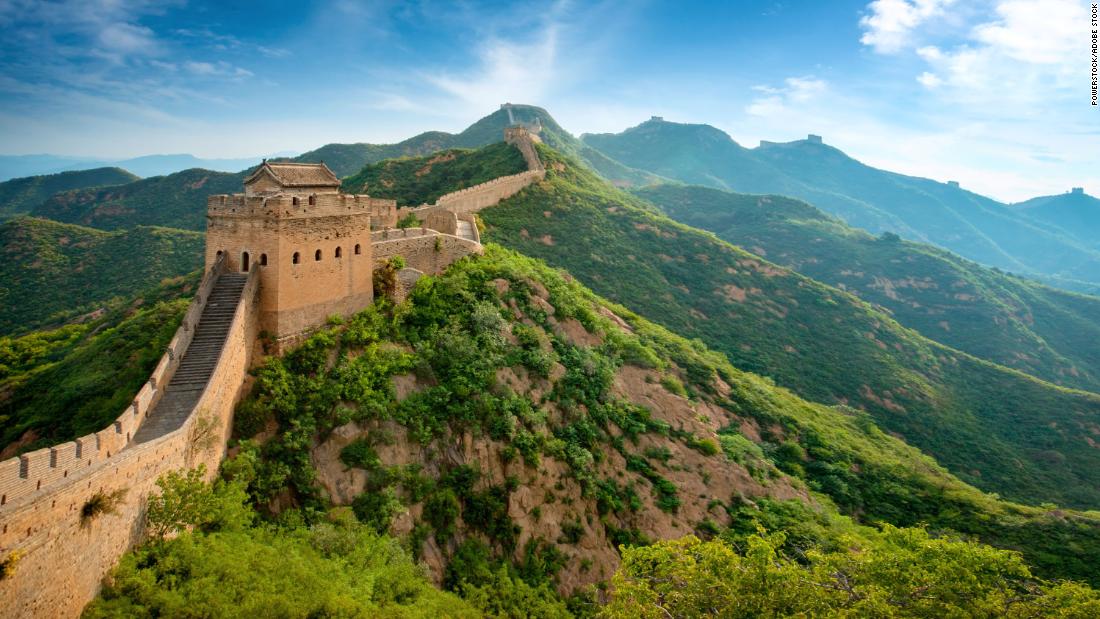(CNN) — Asia Pacific is home to some of the world’s most beloved travel destinations, from the natural beauty of Bali to the urban buzz of Singapore. These dreamy vacation hotspots — teamed with the region’s business power — secured Asia Pacific the title of world’s largest travel region for much of the past decade.
Where once Asian Pacific air traffic accounted for more than a third of all global passenger journeys, aviation in the region remains down by 45% compared to pre-pandemic levels, according to CAPA.
Meanwhile, CAPA suggests European air travel has recovered to roughly 85% of pre-pandemic levels, even accounting for the continued impact of the Russian invasion of Ukraine.
Slow recovery

Japan is set to fully reopen on October 11. Pictured here: Fushimi Inari Shrine in Japan
aaron90311/Adobe Stock
In 2019, 3.38 billion passengers transited through Asia Pacific airports. In contrast, CAPA reports that current predictions from ACI Asia-Pacific — an industry organization that represents airports in the region — suggest 1.84 billion passengers will have passed through Asia Pacific travel hubs by the end of 2022.
“What happens there has an outsized impact on the rest of the region,” says CAPA of China and Japan, pointing out they’re two of the region’s top travel markets.
CAPA reports that most travel in Asia Pacific destinations remains at 50% or more below 2019 levels, with only a couple of exceptions, such as India, which is only 11% below its 2019 figure.
Domestic travel in Asia Pacific is recovering faster than international travel, notes CAPA — domestic travel within China, for example, is only down 5.4% compared to 2019 levels.
All in all, CAPA predicts Asia Pacific won’t see a full return to pre-pandemic travel figures until the end of 2023 or early 2024.
“Even then, recovery is dependent on countries opening their borders and ending lingering travel restrictions, as well as the wider economic and epidemiological situations,” reads the report.
CAPA is arguing for “harmonization of international travel rules” and “political commitments towards openness and freedom of movement” as well as a continued vaccination drive, to aid travel recovery.
Top photo of the Great Wall of China courtesy Powerstock/Adobe Stock
